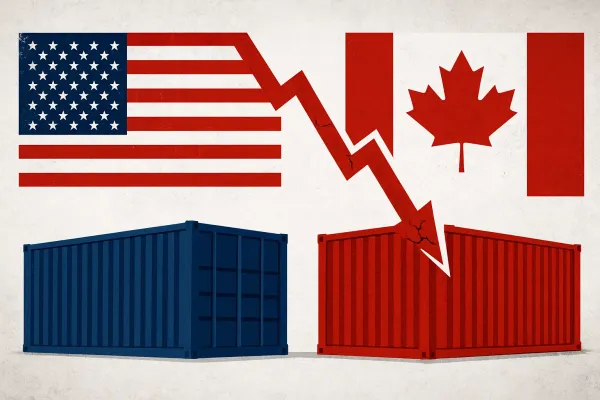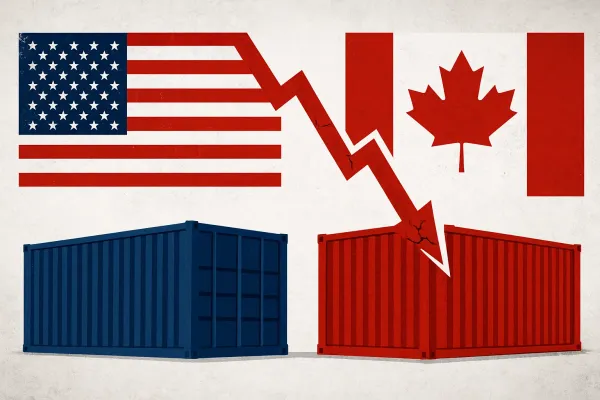Power Plays: How the U.S. Leverages Energy and Climate for Global Diplomacy
The U.S. leverages energy exports, climate finance, and environmental policies as strategic tools to influence global alliances, guide developing nations, and assert its diplomatic power worldwide.

In the evolving landscape of global diplomacy, energy and climate initiatives have become pivotal instruments for the United States to project power and influence. While military strength and economic leverage often dominate discussions of U.S. foreign policy, Washington increasingly uses its dominance in energy markets, climate finance, and environmental regulation as subtle tools to shape alliances, influence developing nations, and weaken adversaries. This approach underscores the growing intersection of environmental stewardship and geopolitical strategy, where global sustainability objectives often intersect with strategic national interests.
1. Energy Exports: Leveraging Resources for Influence
The United States has emerged as the world’s largest exporter of liquefied natural gas (LNG), transforming its energy abundance into a powerful diplomatic tool. Energy exports now serve not just economic interests but also strategic objectives—helping Washington strengthen alliances and reduce the leverage of adversarial energy suppliers.
- U.S. LNG Dominance:
In 2024, the U.S. exported 11.9 billion cubic feet per day (Bcf/d) of LNG, maintaining its position as the world’s leading LNG exporter. This milestone reflects the country’s expanding energy infrastructure and growing influence in global energy markets.
Source: U.S. Energy Information Administration (EIA) – LNG Export Data 2024 - Europe’s Energy Security:
Following Russia’s invasion of Ukraine, European nations accelerated efforts to diversify their energy supply. By 2024, the U.S. accounted for around 45% of the European Union’s LNG imports, a sharp rise from previous years. Analysts expect this figure to increase further through 2025, as the EU continues reducing dependence on Russian gas and expands LNG infrastructure.
Source: Center on Global Energy Policy, Columbia University – “Bridging the U.S.-EU Trade Gap with LNG” - Global Market Power:
The United States now plays a central role in global LNG markets, influencing both pricing and supply chain stability. Although 2025 global share data is still emerging, projections indicate that the U.S. could supply over one-fifth of total global LNG exports as new production capacity becomes operational.
Source: EIA – U.S. LNG Capacity Outlook 2024
2. Climate Finance: Guiding Developing Nations
Beyond energy, the U.S. uses climate finance to influence global priorities, particularly among developing countries.
- Funding Initiatives: In fiscal year 2023, the U.S. committed $9.5 billion to climate-related projects abroad, funding renewable energy infrastructure, climate resilience programs, and green technology adoption (U.S. State Department).
- Strategic Leverage: Developing nations often rely on foreign assistance to meet climate goals. By tying funds to environmental standards and project compliance, the U.S. indirectly shapes domestic policies in these countries, promoting governance aligned with Washington’s strategic interests.
- Diplomatic Alignment: Such investments strengthen bilateral ties, foster goodwill, and give the U.S. a platform to influence international climate negotiations.
Critics argue that this approach allows the U.S. to “lecture” developing nations on emissions reductions and climate action, even as it benefits from historical industrialization and carbon-intensive growth. Essentially, developing countries are encouraged—or pressured—to adopt standards and technologies that align with U.S. priorities, while having fewer resources and less historical responsibility for climate change.
3. Environmental Policies: Setting Global Standards
U.S. domestic environmental regulations often extend their influence abroad:
- Methane Regulation: In 2025, investors controlling over €4.5 trillion ($5.3 trillion) in assets pushed the EU to uphold stringent methane emission rules, despite pressure to ease them for increased LNG trade (Reuters).
- Global Compliance Pressure: Developing nations face similar pressure through climate summits, multilateral agreements, and conditional funding. The U.S. leverages its position to encourage adherence to global climate norms, often framing it as ethical responsibility, while economically advanced nations benefit from early industrial growth.
Through such policies, the U.S. positions itself as a global environmental leader while subtly using international regulations to reinforce geopolitical influence.
4. Sanctions and Energy Diplomacy: A Dual Tool
Energy sanctions are another mechanism through which the U.S. achieves foreign policy objectives:
- Iran and Venezuela: U.S. sanctions on these oil-rich nations have curtailed their revenues, limiting their ability to fund initiatives contrary to U.S. interests.
- Selective Partnership: Simultaneously, the U.S. strengthens energy alliances with Europe, Japan, and other friendly nations, ensuring a stable supply for allies while isolating rivals.
- Developing Nations: Countries seeking U.S. investment or climate aid must comply with Washington’s energy and environmental expectations, creating a subtle form of policy leverage.
Energy, thus, is not only an economic commodity but also a diplomatic tool used to maintain influence across the global hierarchy.
5. Developing Nations: “Green Diplomacy” as Pressure
The U.S.’s position allows it to simultaneously promote climate goals and assert control over developing nations’ policies.
- Conditional Climate Funding: Developing nations often need financial and technical assistance to transition to renewable energy. U.S. aid frequently comes with expectations—such as phasing out coal, reducing emissions, or adopting U.S.-aligned energy infrastructure.
- Soft Coercion: While framed as guidance for global good, this creates diplomatic pressure: countries risk losing funding or international credibility if they fail to comply.
- Historical Context: The U.S., having industrialized for centuries with high emissions, now sets standards for countries that are still developing, creating a power imbalance under the guise of climate responsibility.
Conclusion: Energy and Climate as Geopolitical Instruments
Energy exports, climate finance, environmental policies, and sanctions together illustrate how the U.S. integrates environmental strategy into its foreign policy toolkit. By leveraging energy dependency and the climate agenda, it strengthens alliances, influences developing nations, and maintains a competitive edge over adversaries.
As climate change continues to shape global priorities, the interplay between environmental stewardship and diplomacy will increasingly define international relations. For the U.S., controlling the flow of energy and green capital is not just about sustainability—it’s a sophisticated form of global power projection, influencing policy and shaping alliances across continents.
Sources / Data References:
- U.S. Energy Information Administration (EIA) – LNG Export Data 2024 (View)
- Center on Global Energy Policy, Columbia University – Bridging the U.S.-EU Trade Gap with LNG (View)
- S&P Global / EIA projections – Global LNG Market Share 2025 (View)
- U.S. State Department – International Climate Finance Reports FY2023 (View)
- Reuters – Investors urge EU to maintain strict methane regulations, 2025 (View)
Loved this article?
Visit our main page for more insights and subscribe for updates!





